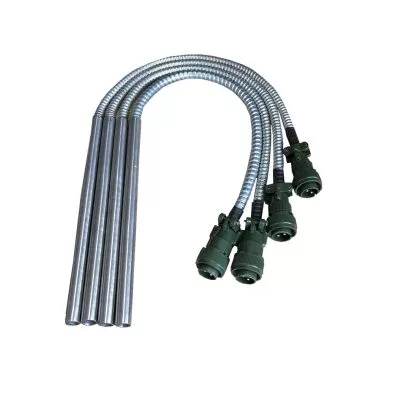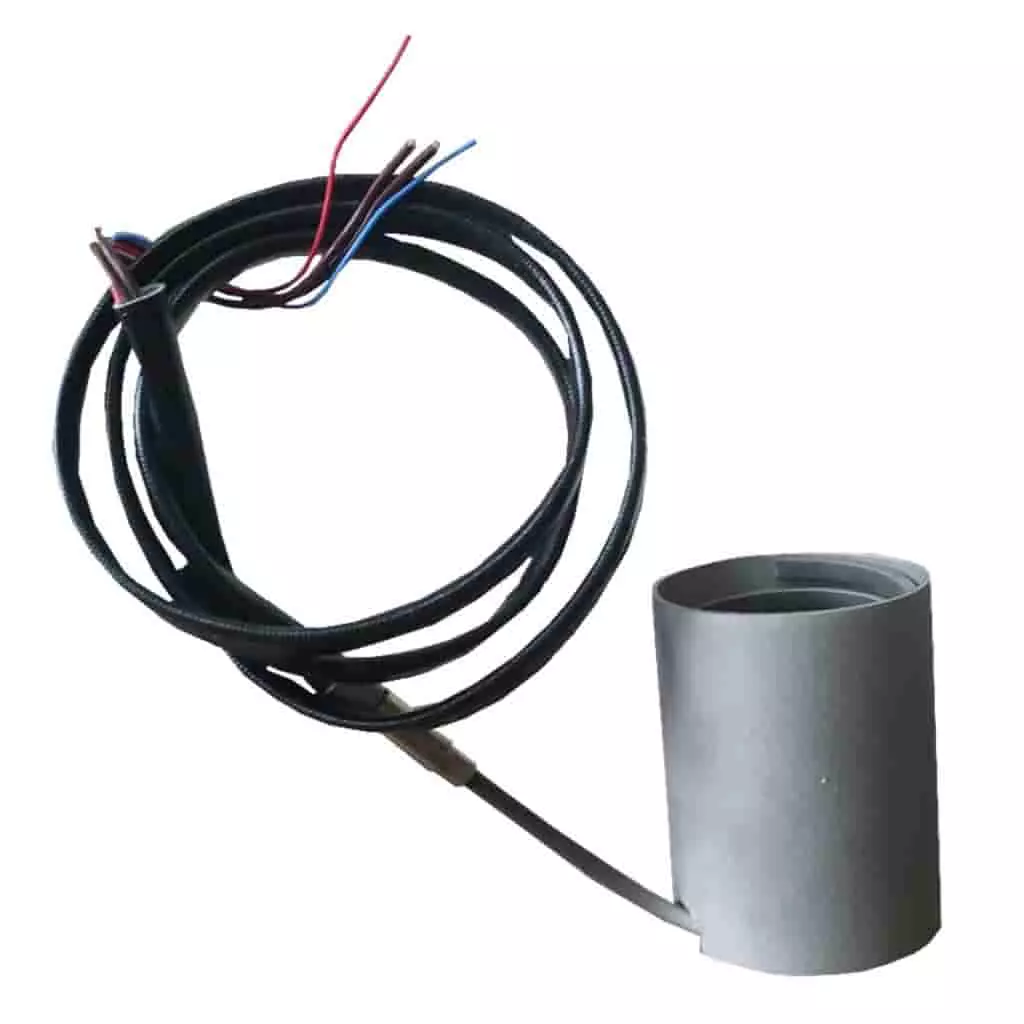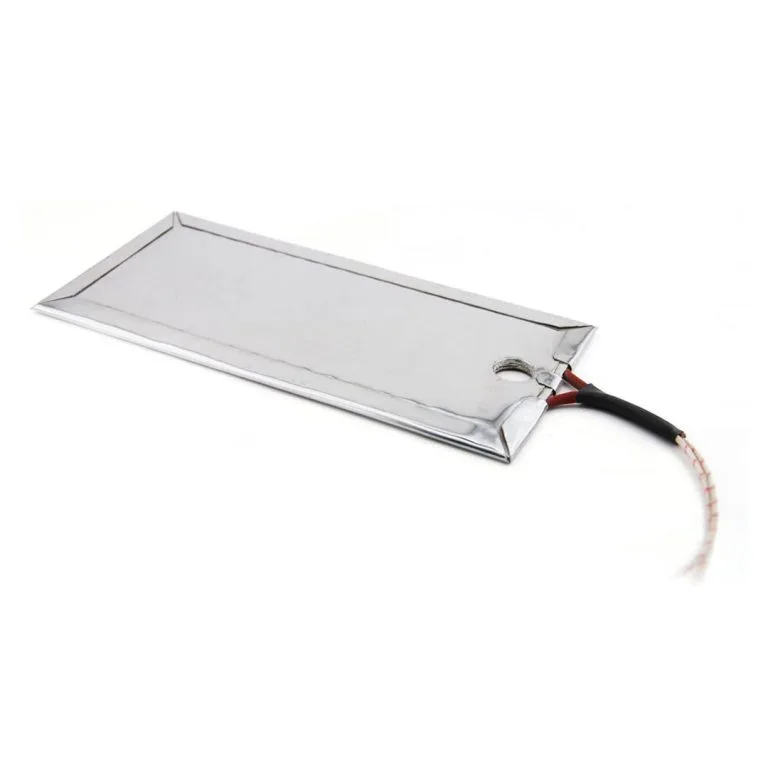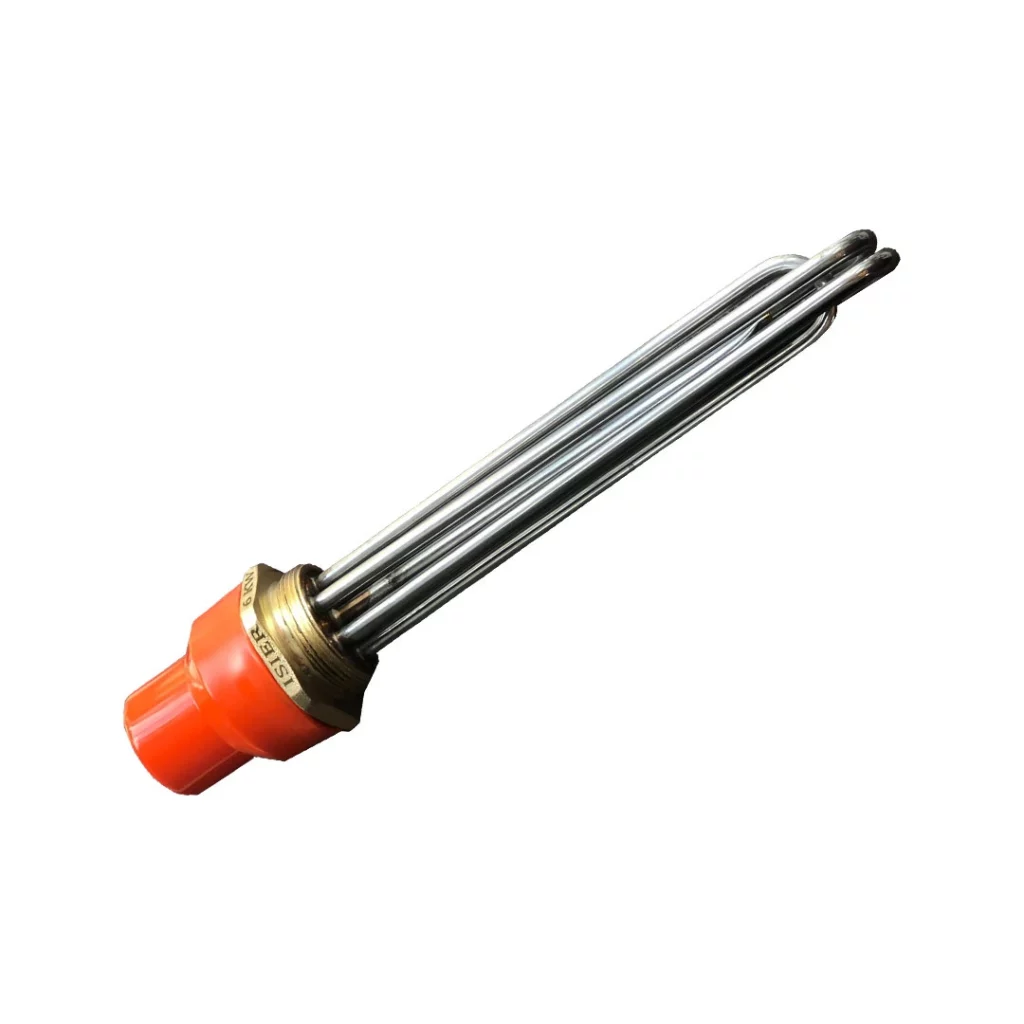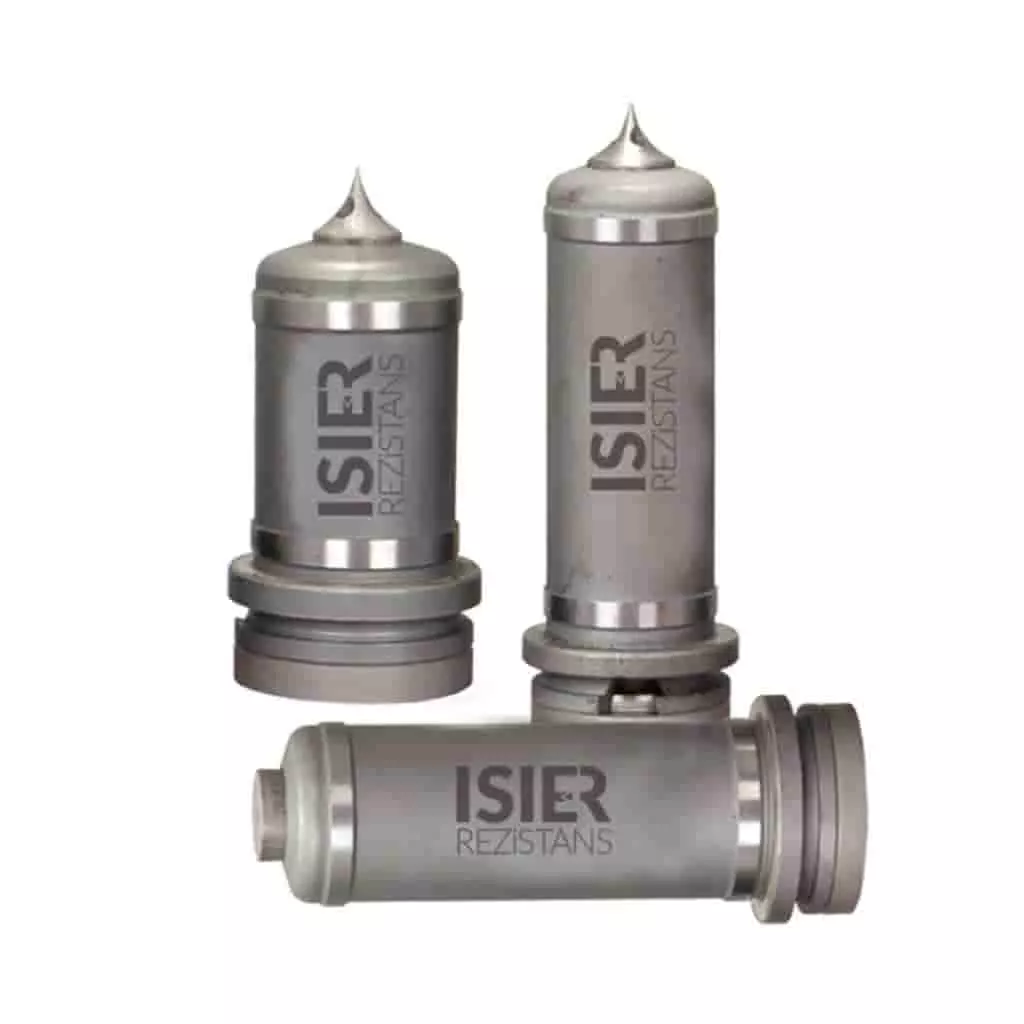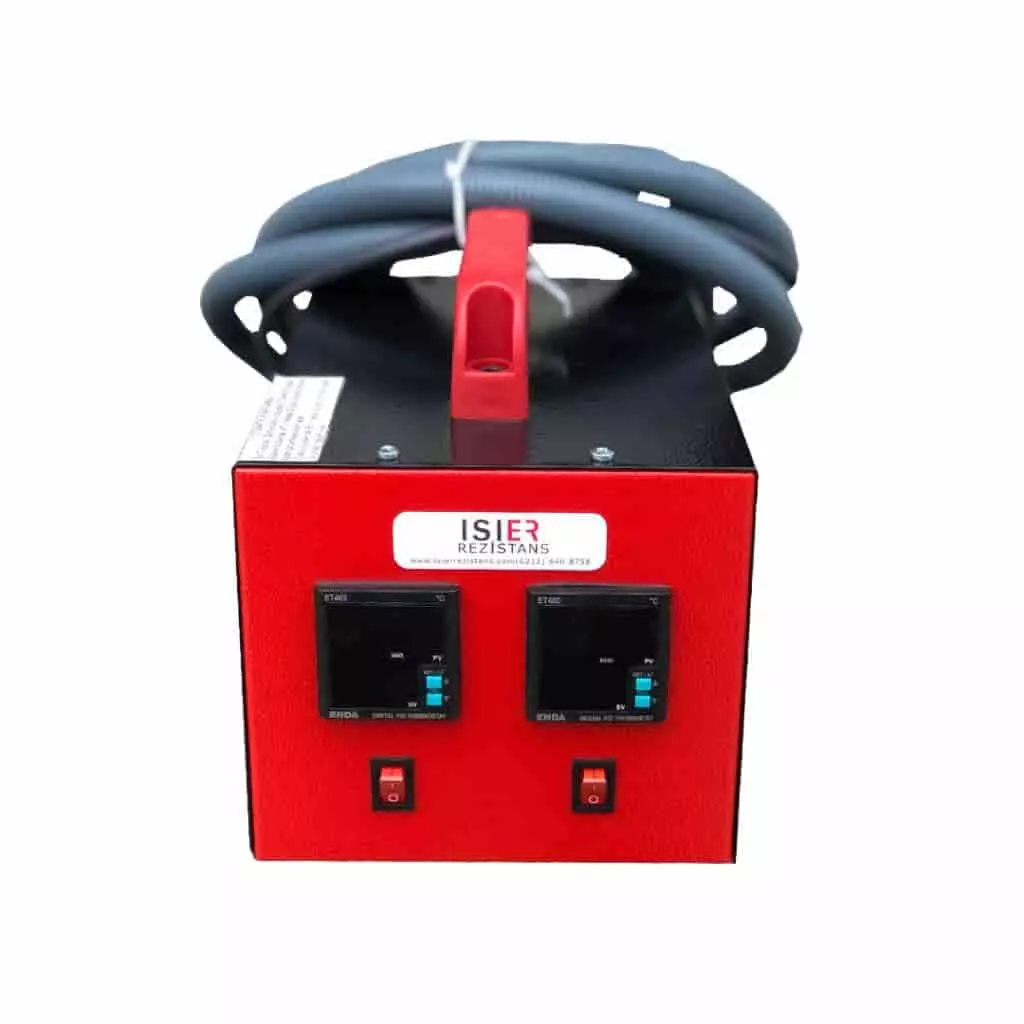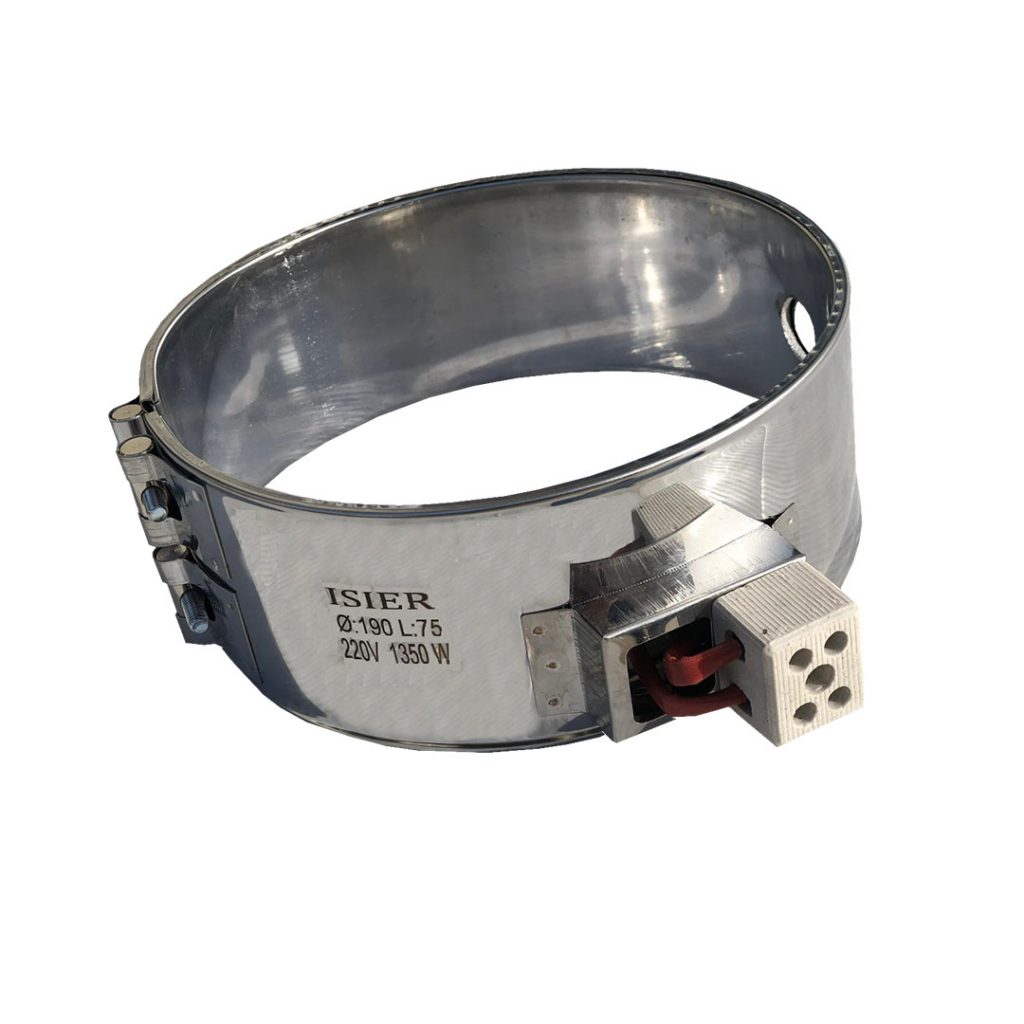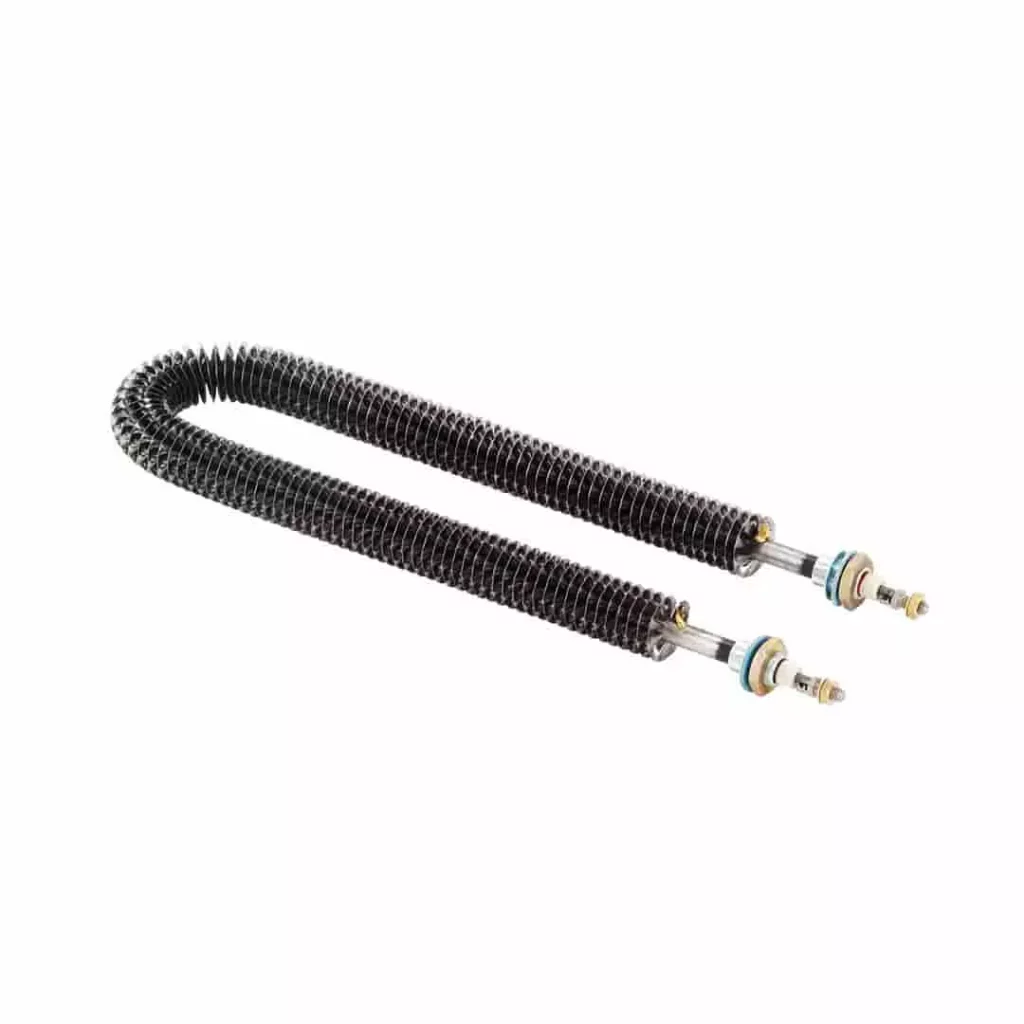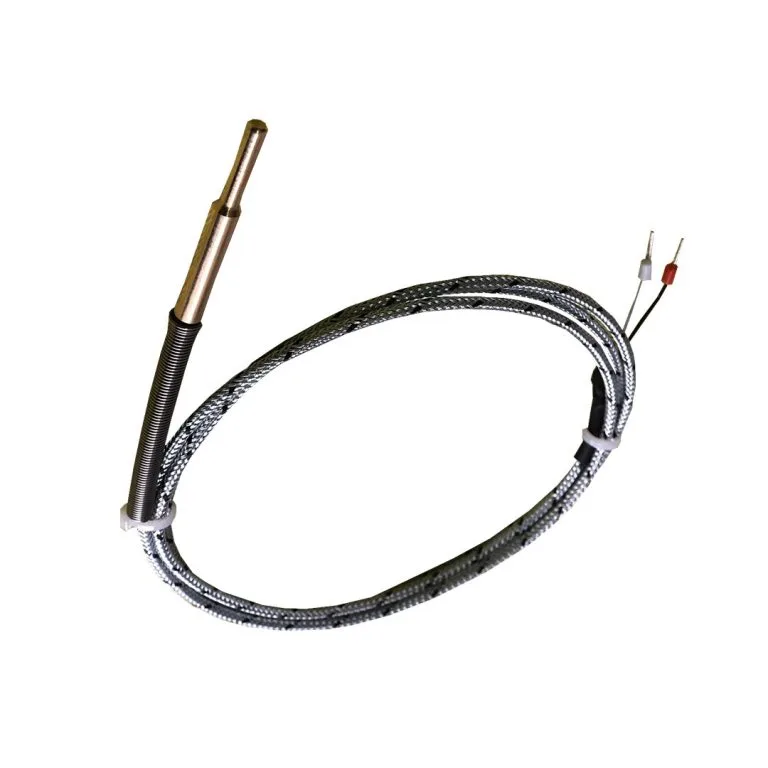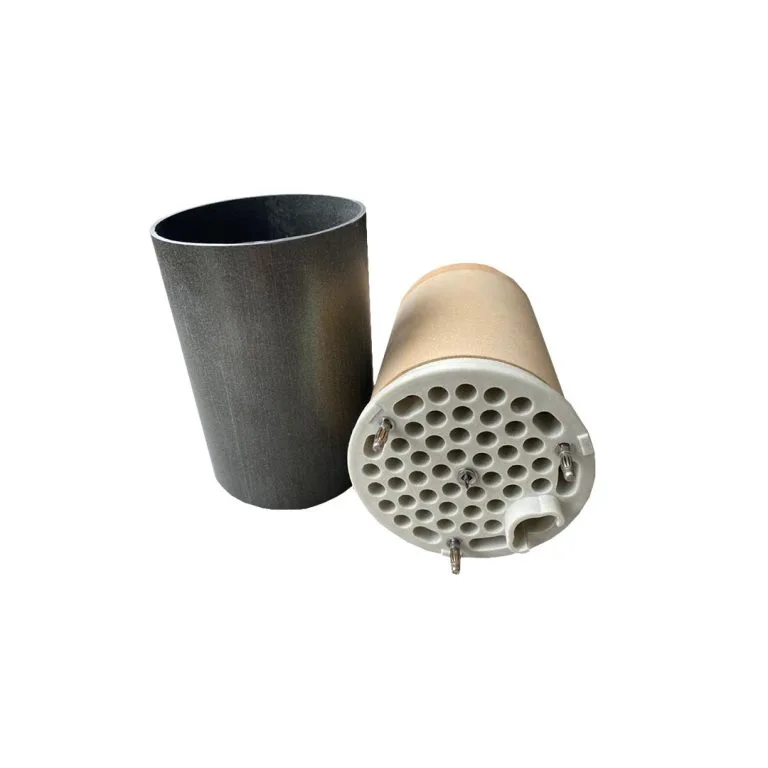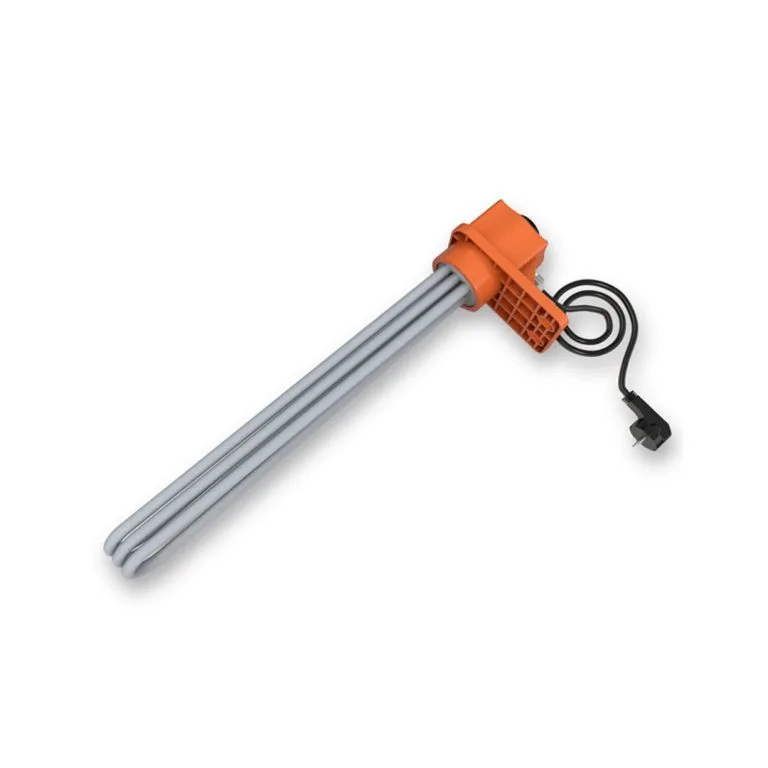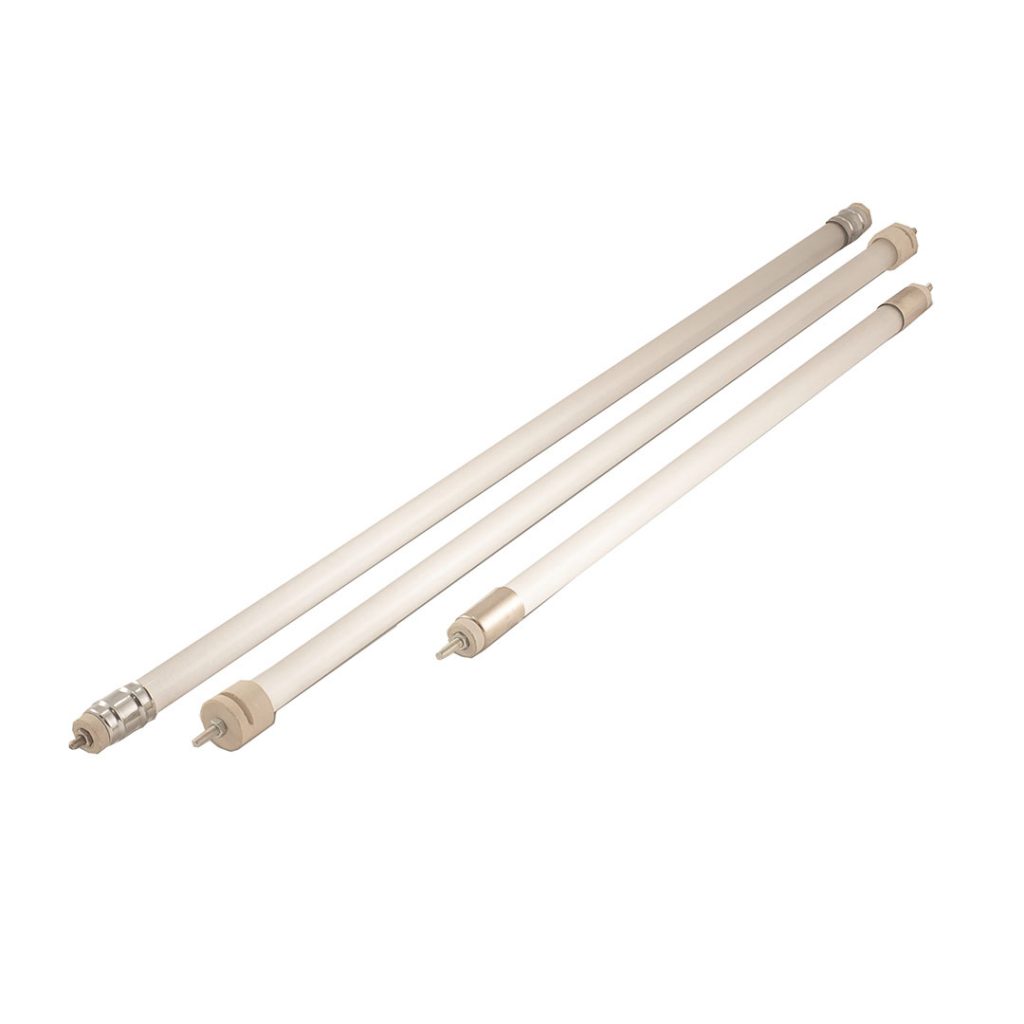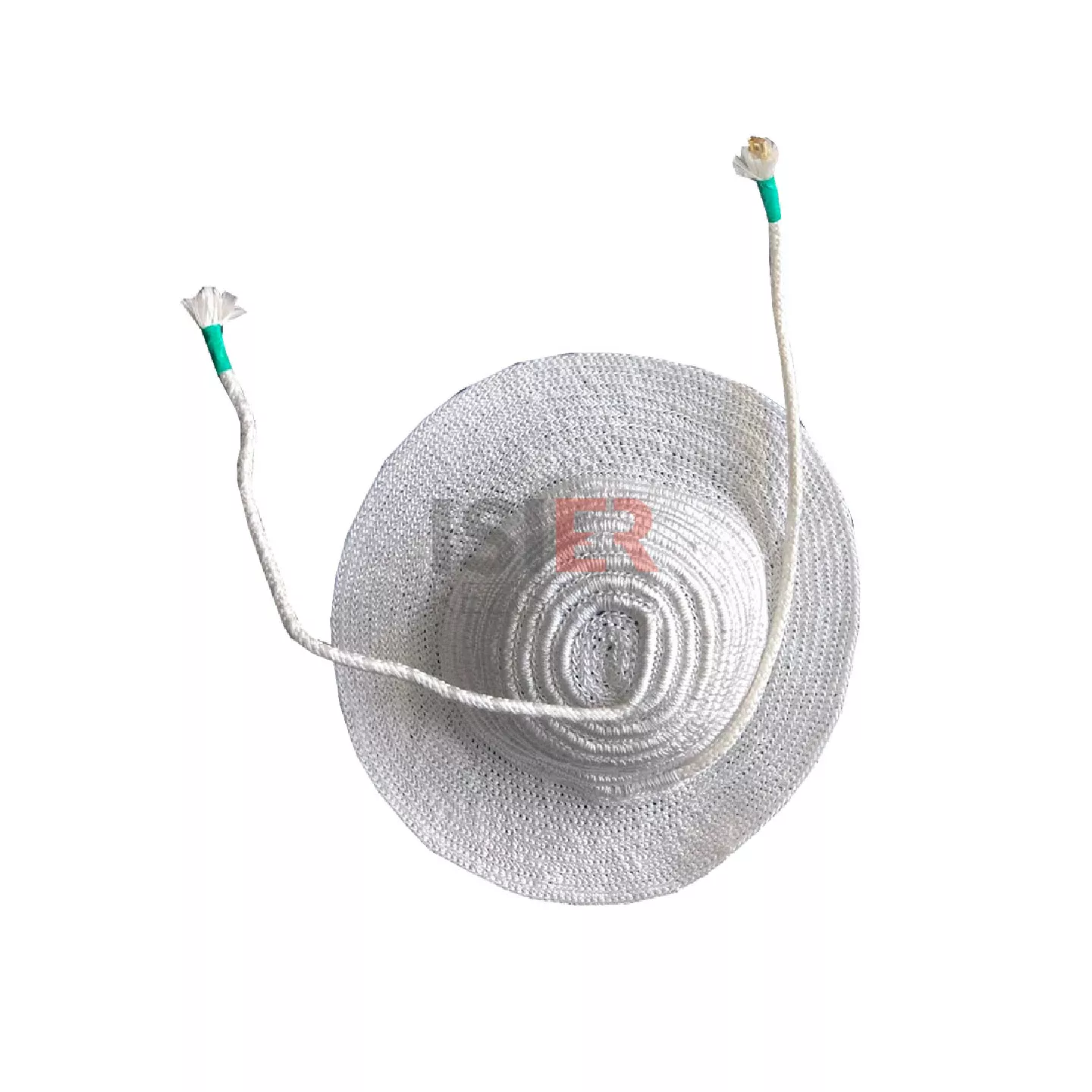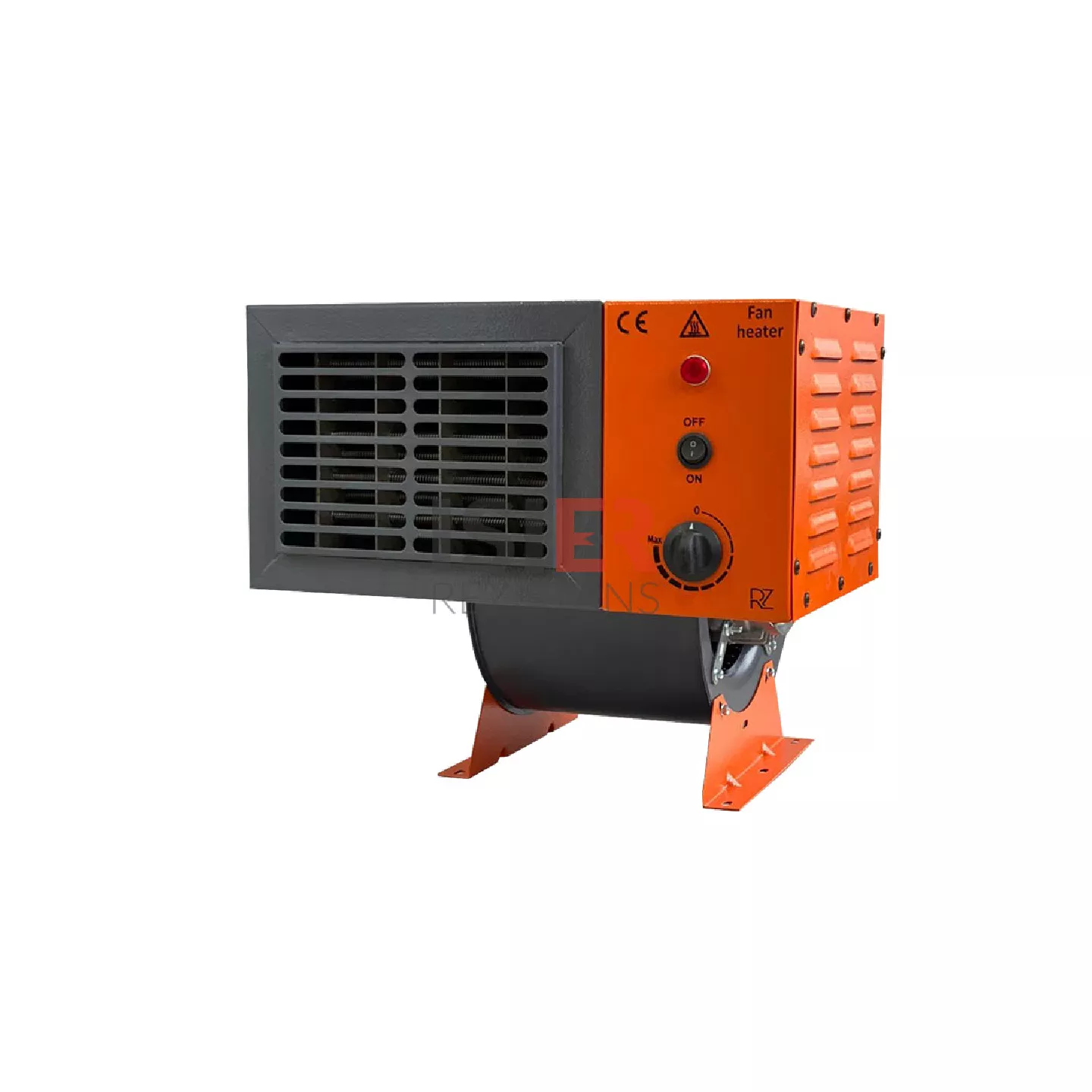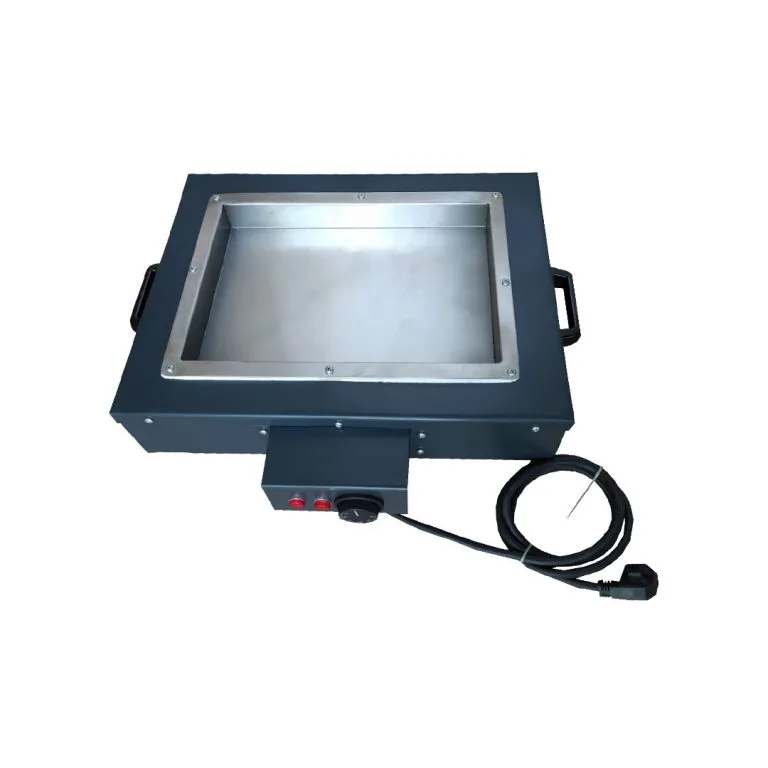Serpentine Heaters: High Efficiency in Industrial and Commercial Heating Applications
Serpentine heaters are highly efficient and reliable heating elements widely used in industrial heating systems. Designed for complex pipelines, tanks, or other heating needs, serpentine heaters convert electrical energy into heat, making them suitable for various applications. This article delves into what serpentine heaters are, how they work, their technical features, and their areas of application.
Our Products
Your Solution Partner for All Your Resistance Needs
What Are Serpentine Heaters?
A serpentine heater is a heating element typically made by winding a wire or metal strip into a spiral shape. The serpentine design allows the heater to wrap around pipes, tanks, or surfaces, providing highly efficient heating. This design increases the surface area of the heating element, enabling it to radiate more heat effectively.
Serpentine heaters are often placed around liquids, gases, or solid materials that need heating. They provide efficient heating without direct contact with the substance being heated.
Technical Features of Serpentine Heaters
Serpentine heaters operate through the resistance of their heating elements to electrical current. As the electrical current passes through the resistive material, it generates heat. The serpentine design spreads this heat over a larger surface area for more efficient heating. Here’s how the process works:
- Electrical Current:
Electrical current flows through the wire or resistive material inside the serpentine heater. - Heat Generation:
The electrical energy is converted into heat by the resistance in the heating element. - Heat Distribution:
The serpentine design disperses the heat evenly over a larger surface, efficiently warming the target area without direct contact. - Temperature Control:
Integrated temperature control devices such as thermostats or thermocouples allow precise temperature regulation during the heating process.
Applications of Serpentine Heaters
Serpentine heaters are widely used in industrial, commercial, and laboratory settings. Their applications include:
- Liquid Heating Systems:
Serpentine heaters are frequently used to heat liquids such as water, oil, or chemical solutions efficiently. - Chemical and Pharmaceutical Industries:
In chemical production and pharmaceutical processes, serpentine heaters are ideal for heating liquids to specific temperatures. - Plastic and Rubber Industries:
These heaters are commonly used in plastic injection molding machines and rubber processing systems, where precise temperature control is essential. - Metal Heating:
In metal processing, serpentine heaters are used for melting, shaping, and heat treatment applications. - Food Processing:
Serpentine heaters are utilized in food processing machines to maintain or heat liquids and gases at desired temperatures. - Laboratory Applications:
In laboratories, serpentine heaters are used for heating or evaporating liquids and for temperature control in experimental setups.
Advantages of Serpentine Heaters
- High Efficiency:
Serpentine heaters distribute heat over a larger surface area, reducing energy loss and maximizing heating efficiency. - Durability:
Constructed from robust materials such as stainless steel, these heaters withstand harsh conditions and offer long service life. - Flexibility:
Their customizable size and shape make serpentine heaters suitable for various industrial requirements. - Easy Installation:
Serpentine heaters can be easily mounted onto pipelines, tanks, or other systems, simplifying installation. - Temperature Control:
Most serpentine heaters integrate with temperature control devices, ensuring precise and efficient heating.
Serpentine heaters are vital heating elements in industrial systems, offering high efficiency and long-lasting solutions with their robust designs. Thanks to their wide range of applications, easy installation, and efficiency, they are a preferred choice across various sectors. From liquid and gas heating to plastic injection molding, metal processing, and food industry applications, serpentine heaters deliver reliable and effective results. These features make serpentine heaters an ideal solution for industrial heating systems.
Serpentine Heaters Frequently Asked Questions
A serpentine heater is a heating element shaped in a coiled or curved serpentine pattern, designed to provide uniform heat distribution. These heaters are commonly used in industrial, commercial, and residential applications.
A serpentine heater works by passing an electric current through a resistive heating element. The serpentine design maximizes surface area, allowing for efficient heat transfer to the surrounding environment or directly to the material being heated.
- Serpentine heaters are typically made from materials such as:
- Nickel-chromium (NiCr) alloys: For high-temperature resistance.
- Stainless steel: For durability and corrosion resistance.
- Ceramic: Sometimes used as insulation or for radiant heating applications.
Serpentine heaters are used in:
- Industrial equipment: For ovens, dryers, and kilns.
- HVAC systems: As part of duct or space heating systems.
- Plastics and packaging: In processes like sealing or molding.
- Laboratory equipment: For precise and controlled heating.
- Advantages include:
- Efficient heat distribution: The coiled design ensures even heating.
- Versatility: Can be used in various shapes and sizes for specific applications.
- Durability: Made from high-quality materials to withstand extreme conditions.
- Customizability: Can be tailored to specific industrial or commercial needs.
- Power ratings vary based on the application but generally range from 100 watts to several kilowatts, depending on the size and purpose of the heater.
- Yes, serpentine heaters are energy-efficient due to their design, which maximizes heat transfer and minimizes energy loss. Proper installation and insulation further enhance their efficiency.
Common safety features include:
- Thermal cutoffs: Prevent overheating by shutting down the heater when it exceeds a certain temperature.
- Grounding connections: To prevent electrical hazards.
- Insulation: Ensures safe operation and reduces energy loss.
Maintenance tips include:
- Regular cleaning: Remove dust, debris, or residue to maintain efficiency.
- Inspect connections: Check for loose or damaged wiring.
- Check insulation: Ensure there are no cracks or degradation in the insulation.
- Replace worn components: Replace damaged or worn-out heating elements promptly.
Potential drawbacks include:
- Cost: Custom designs or high-quality materials may be expensive.
- Size limitations: May not be suitable for very compact applications.
- Specialized installation: Requires careful setup for optimal performance and safety.





